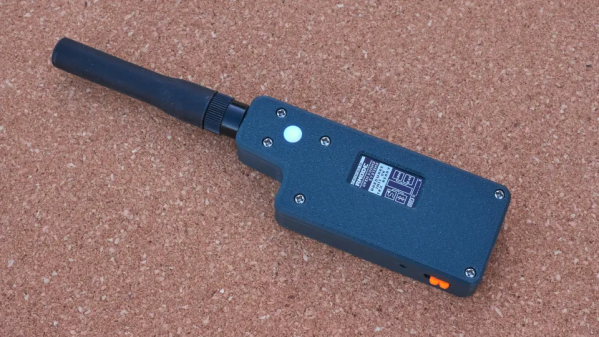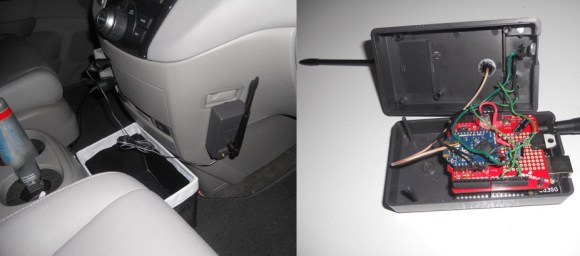RNode is an open source, unrestricted digital radio transceiver based on — but not limited to — the Reticulum cryptographic networking stack. It is another interesting project in what we might call the “Federated application” space in that it is intended to be used with no central controlling body. It can be used in a LAN or WAN context with the Reticulum network when operating in network adaptor mode, but it also has other use cases.
Essentially, RNode is a software project running on a LilyGO LoRa32 board wrapped up in a snazzy-looking 3D-printed case. Just make sure to grab a version of the board with an u.FL connector in place or somewhere to solder one. If it comes with an SMA connector, you will want to remove that. The device can be standalone, perhaps attached to a mobile device via Wi-Fi, but it needs to be hooked up to a laptop for the really interesting applications. When set to TNC mode, it can act as an APRS gateway, which allows you to access packet radio BBSs and all that fun stuff.
Continue reading “RNODE: A Portable Unrestricted Digital Radio”














